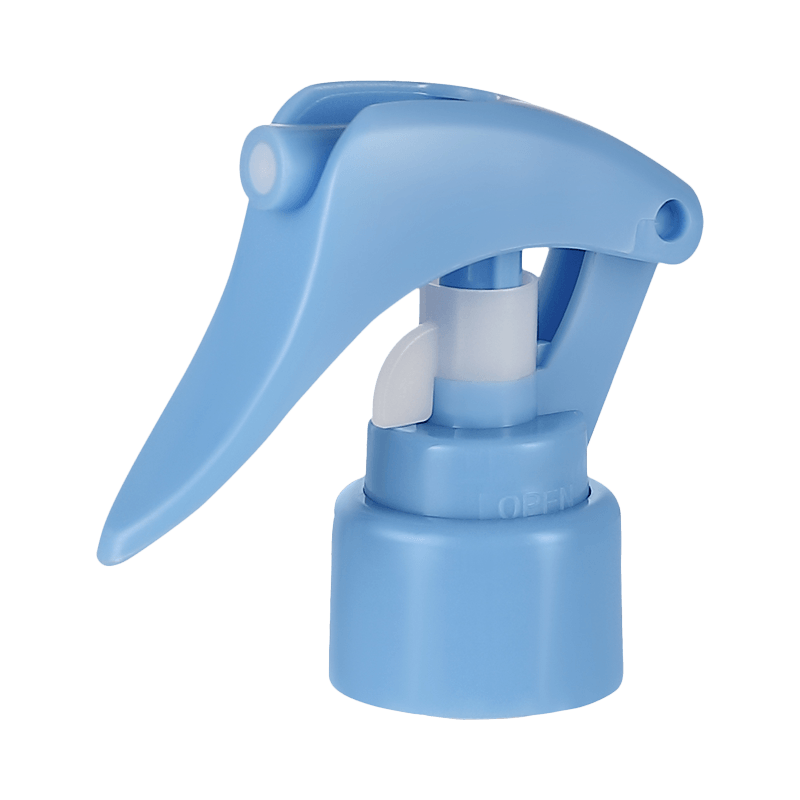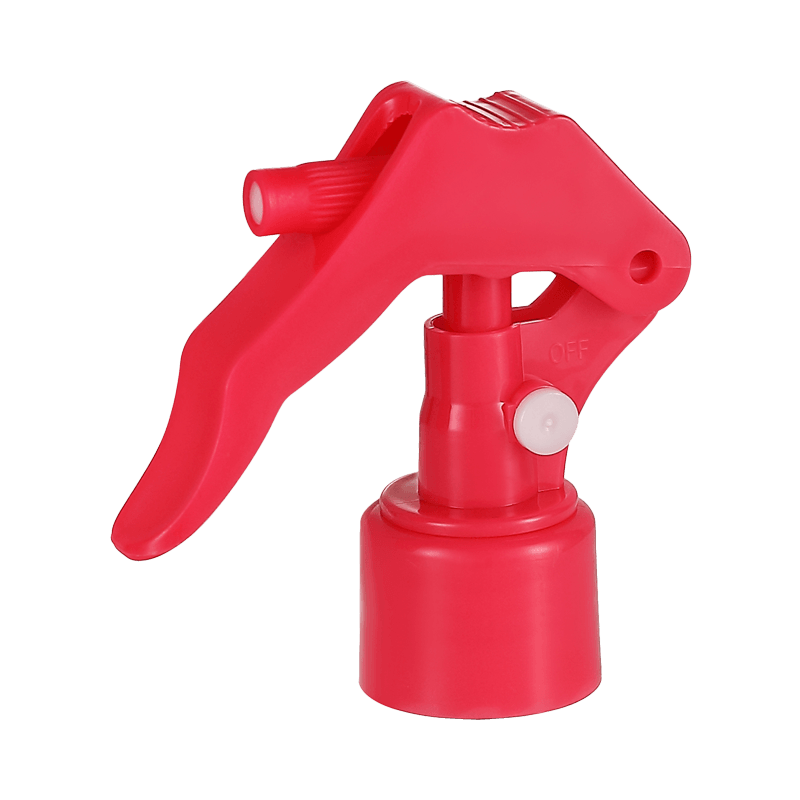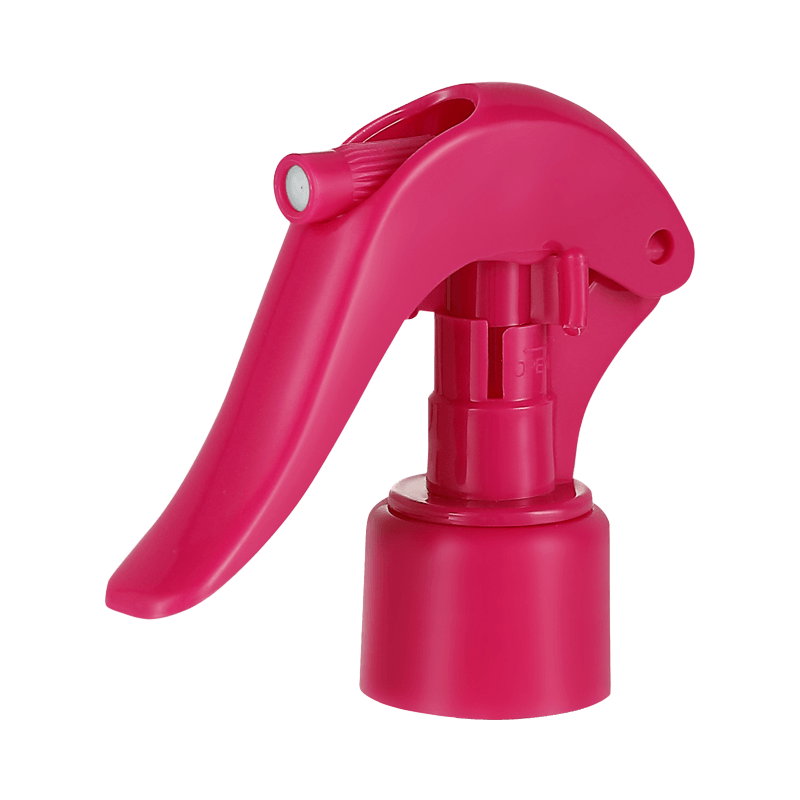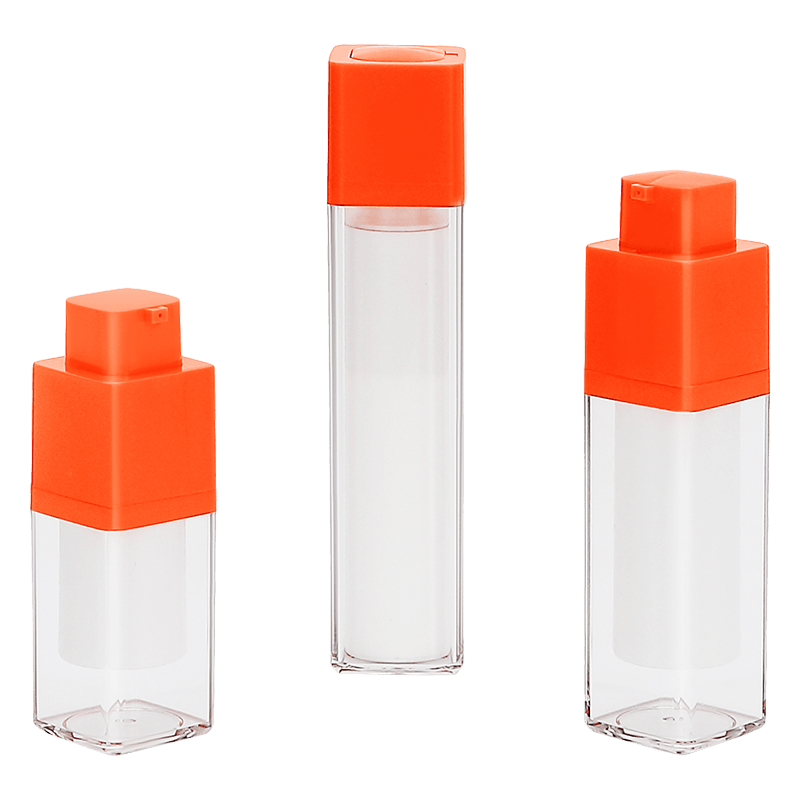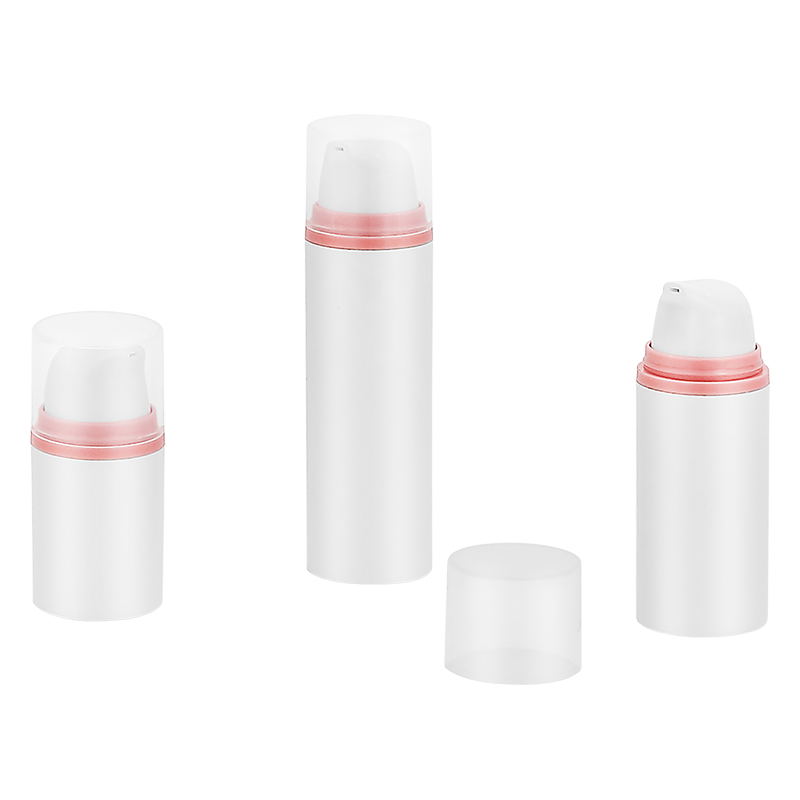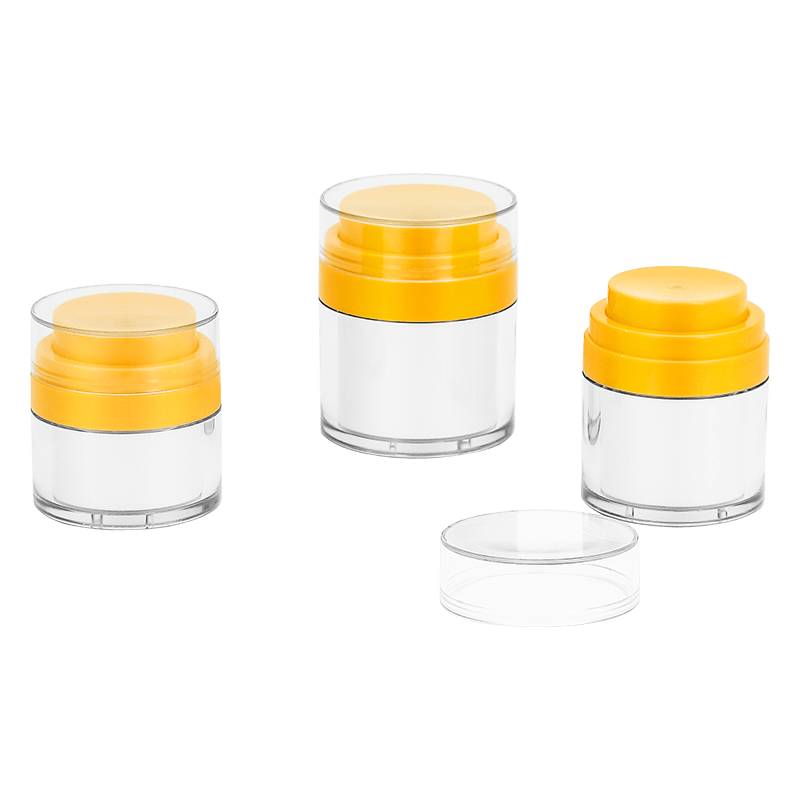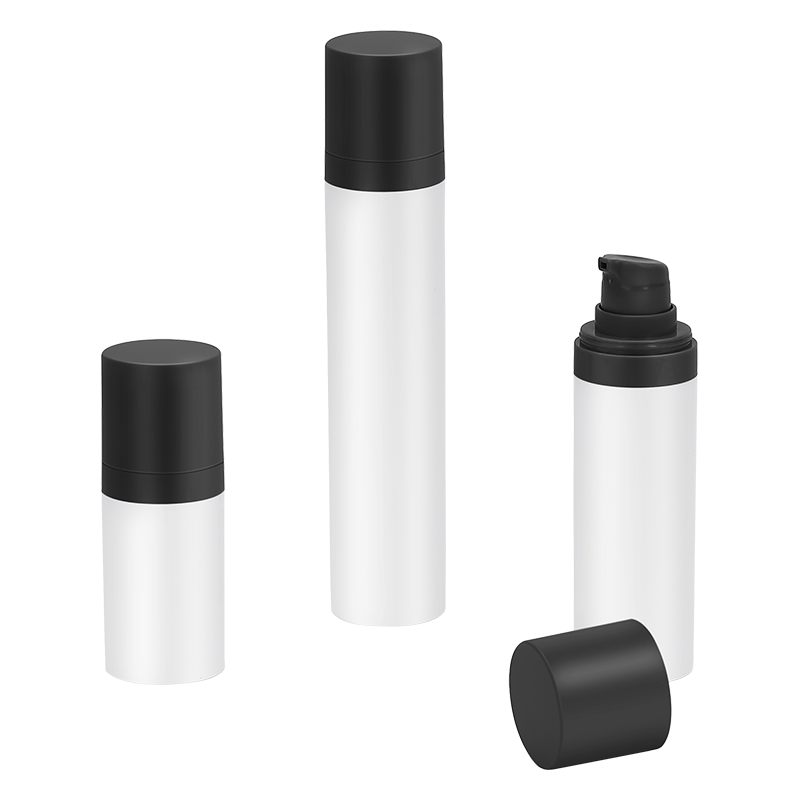The Continuous Spray Bottle is a practical tool widely used in many fields such as personal care, household cleaning, gardening and medical treatment. The liquid contained in it usually has specific temperature and stability requirements, so temperature control is particularly important during transportation. This is not only related to the quality of the liquid in the spray bottle, but also directly related to the shelf life of the product and the integrity of the spray function.
The importance of temperature control cannot be ignored. There are many types of liquids in spray bottles, including perfumes, skin care products, detergents, disinfectants and pesticides. The chemical properties of these liquids vary, some of which are extremely sensitive to temperature, while others are relatively stable. However, regardless of the properties of the liquid, changes in temperature will have a potential impact on its quality. For example, high temperature environments may cause the chemical components in the liquid to decompose or deteriorate, and even cause safety hazards such as explosions; while low temperatures may cause the liquid to solidify or crystallize, resulting in clogging or failure of the spray head. Therefore, implementing effective temperature control during transportation has become a key link in ensuring product quality and transportation safety.
In terms of specific requirements for temperature control, room temperature transportation is suitable for most liquids with good stability, such as certain detergents and ordinary skin care products. Such liquids are usually transported at room temperature between 10°C and 30°C, which can effectively maintain the stability of their chemical properties. However, extreme weather conditions, such as high temperatures in summer or severe cold in winter, should be avoided, which may have adverse effects on some liquids.
For liquids that need to be refrigerated or frozen, such as biologics, vaccines, and insulin, low-temperature transportation is indispensable. These liquids are usually required to be stored at a temperature range of 2°C to 8°C to ensure their biological activity and stability. During transportation, the use of temperature control equipment such as refrigerated trucks or refrigerated boxes is a necessary measure to ensure that the temperature is always kept within the specified range. At the same time, it is necessary to avoid excessive temperature fluctuations to prevent adverse effects on the liquid.
During transportation, it is also crucial to arrange the time and route of transportation reasonably. Long stays in high or low temperature environments should be avoided as much as possible, and the transportation plan should be optimized according to factors such as climatic conditions, transportation distance, and the nature of the goods. This meticulous arrangement can effectively reduce the risk of quality changes in liquids due to temperature fluctuations.

 中文简体
中文简体 English
English русский
русский